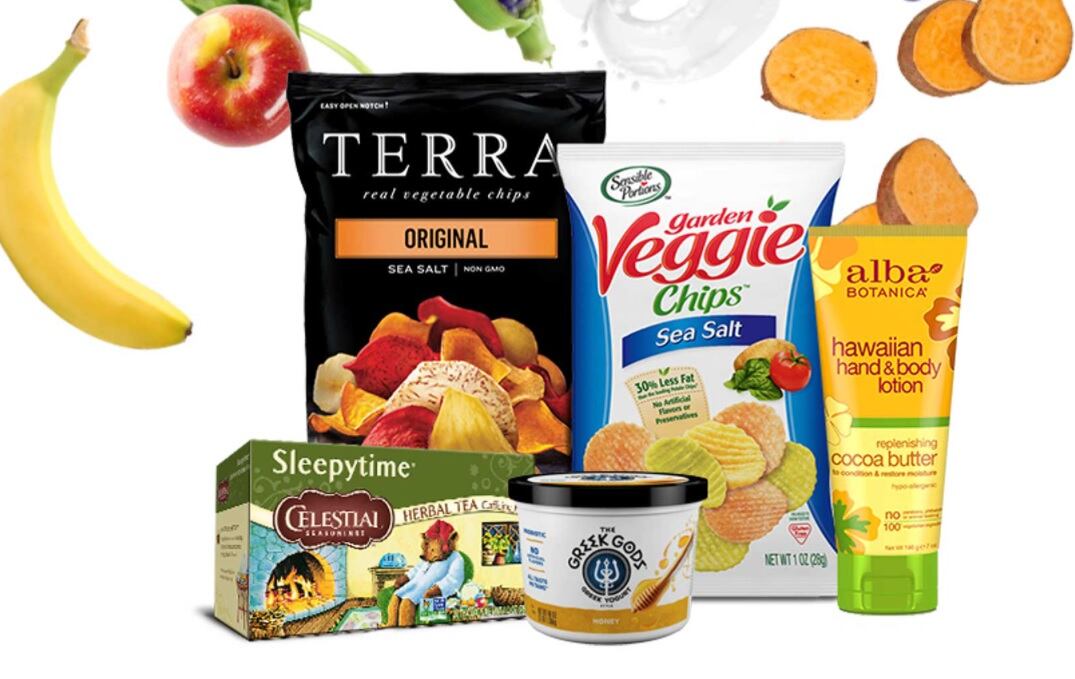At the same time, the company – like many others in the food and beverage industry – continues to adjust prices as inflation and cost inputs continue to rise – creating a challenging customer service dynamic, and straining gross margins, which fell 350 basis points to 30.9% of net sales in the company’s third-quarter reported March 23.
Despite these challenges, the company raised its full-year fiscal 2022 outlook partly on the basis that higher prices and improving volume production of currently strained lines as well as plans to increase capacity of high-performing lines will ultimately boost revenues.
Faster than expected production improvements
General Mills’ supply-driven challenges across its US refrigerated dough, pizza and hot snacks platforms is not a surprise for investors who were warned about lower customer service and reduced on-shelf availability of the products earlier this fall at the Consumer Analyst Group of New York conference.
But some may have been pleasantly surprised by CEO Jeff Harmening’s description of the company’s fast and aggressive response to the challenge, which he said drove a sharper rebound than expected at the end of the third quarter and is expected to continue into the fourth quarter.
Jon Nudi, group president, North American retail, explained during a same day call with investment analysts that during the third quarter, on shelf availability of refrigerated dough, pizza and hot snacks plummeted to about 75% -- a far cry the company’s historic levels of 95%.
“The biggest issue we’re seeing is really around materials selection. So, ingredients coming into our plants to run our products,” Nudi said. “In Q3, it was particularly challenging, particularly in RBG, pizza and hot snacks, so things like fats and oils and starch and packaging.”
In response, he said, the supply chain and business teams came together to manage expectations and improve production.
“We started up control towers daily at the working team level. At the senior level, we’re meeting once a week on RBG and hot snacks or other constrained platforms to make sure that we’re removing hurdles or at the senior level getting on the phone with suppliers … to make sure that we prioritize for ingredients,” he said.
In addition, he said, the company has reformulated products more than 20 times so far this year, which is “obviously a lot of work” for all the teams.
The company also added capacity on some products and is continuing to evaluate capacity increases of lines that performed well before and during the pandemic.
As a result, the company boosted service levels back up into the 70% range for the third quarter and expects to be in the 80s as it goes into the fourth quarter, Nudi said.
While this is a notable improvement, Nudi also acknowledged the company has a lot more work to do and it doesn’t expect to rebuild inventories of impacted lines in Q4.
Rather, he said, he hopes to rebuild inventory and get closer to historic levels in fiscal 2023.
Inflation remains significant
The company’s success at rebuilding supplies and consistently delivering products hinges not only on supply chain, transportation and labor challenges, with which companies across the industry are grappling, but also inflation, which remains at historic levels.
“As we look at the fourth quarter this year, I think it’s important to realize we’re still going to have inflation. In fact, inflation in the fourth quarter will be higher,” Harmening said.
However, he added, the company is hedged on commodities through the end of the year and has successfully passed price increases through to consumers, who so far are willing to pay them with little impact on elasticities.
Since most of those increase came at the middle or end of the quarter, the full benefit hasn’t yet hit – which helped give the company confidence, along with improved customer service, to raise its full year guidance.
The company now expects to generate organic net sales growth of 5%, which is at the upper end of the prior range, and expects constant-currency adjusted operating profit to range between down 2% and flat, compared to the previous range of down 1-4%.
Ultimately, Harmening said, this adjustment is a reflection of the company’s ability to react quickly to address supply disruptions and improve its momentum despite a challenging operating environment.



